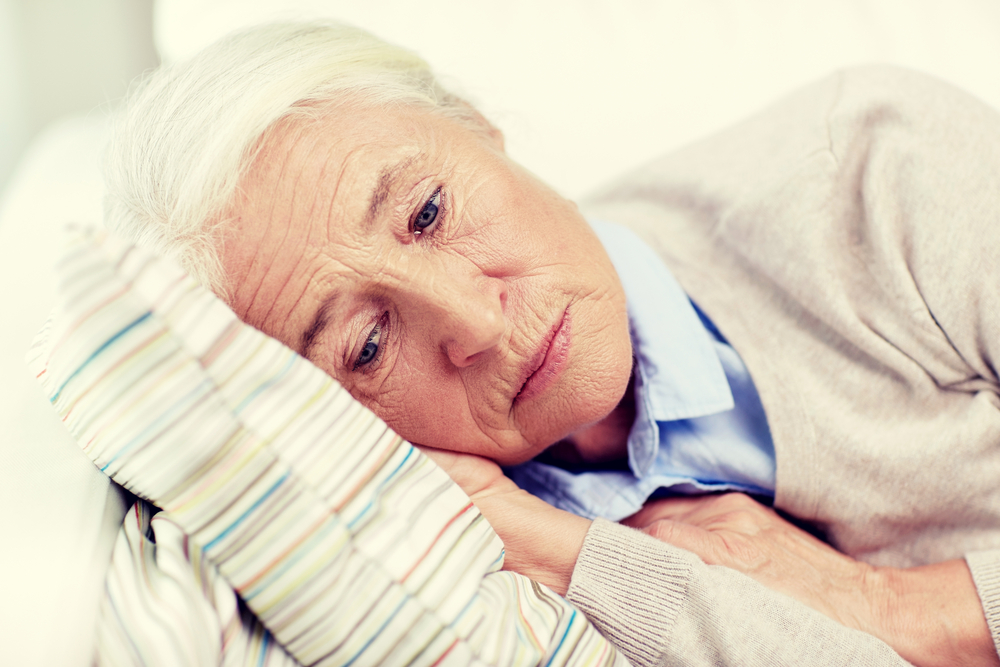We love our parents and grandparents. For the vast majority of us, recalling the days when our older family members were our caregivers brings us great joy. They’ve always been there for us, taking care of us when we were sick and encouraging us with loving words when we were feeling blue. Time certainly flies, doesn’t it? Adults all over Canada have now become caregivers themselves – to those very individuals who once cared for us.
Taking care of an elderly loved one is certainly no easy feat. In addition to helping them manage their day-to-day activities, it’s important to take measures to keep them safe. After all, slips and falls are prevalent among those of us in our later years. And sadly, slipping and falling is a lot more hazardous to the health of senior citizens than you may think.
Falls are the leading cause of injuries for Canadian seniors.
According to the Government of Canada, “falls are the leading cause of injuries among Canadians 65 years and over. Between 20% and 30% of community-dwelling Canadian seniors experience one fall each year. Research suggests that falls are the direct cause of 95% of all hip fractures, leading to death in 20% of cases.”
On Canada.ca, it is also noted that falls account for a whopping 85 percent of all seniors’ injury-related hospitalizations. They are the leading cause of injury-related hospital admissions for senior citizens. “The average Canadian senior had to stay in hospital 10 days longer for falls than for any other cause,” informs the website, “Falls are associated with over 1/3 of admissions to long-term care facilities after being released from the hospital.”
What steps should be taken to prevent our elderly loved ones from falling?
There are many. But before any steps are taken, it’s important to recognize where most slips and falls occur. The bathroom is notorious for causing slips and falls due to its slippery surfaces. As a result, placing non-slip mats on the floor and installing grab bars near the toilets and in the showers are incredibly important steps to take.
“Installing grab bars in the shower and next to the bathtub is a good idea for everyone, but it’s especially important for adults 65 and older,” affirms Better Homes & Gardens, “A bar by the toilet helps anyone who has difficulty standing.”
Grab bars are just the beginning.
For some seniors, further steps need to be taken to ensure that their visits to the bathroom are safe ones. “Several things can be done to baths and showers to make them safer for your loved one,” says Justin LaFazia of HandyWorkx Access & Mobility, “Shower seats allow seniors to sit down while bathing, and along with a handheld shower can prevent slips in the shower or tub. Bath transfer benches can make it easier to get in and out of the tub.”
At Advantage Home Health Solutions, we’re very proud of the fact that we offer a variety of accessibility devices for bathrooms to ensure the safety of everyone in your family. They include grab bars, bath chairs, transfer benches, bath lifts and super poles. For more information about the bathroom accessibility devices offered by Advantage Home Health Solutions, please don’t hesitate to give us a call at 403-460-5438. You may also email us by filling out the form on our Contact page!




